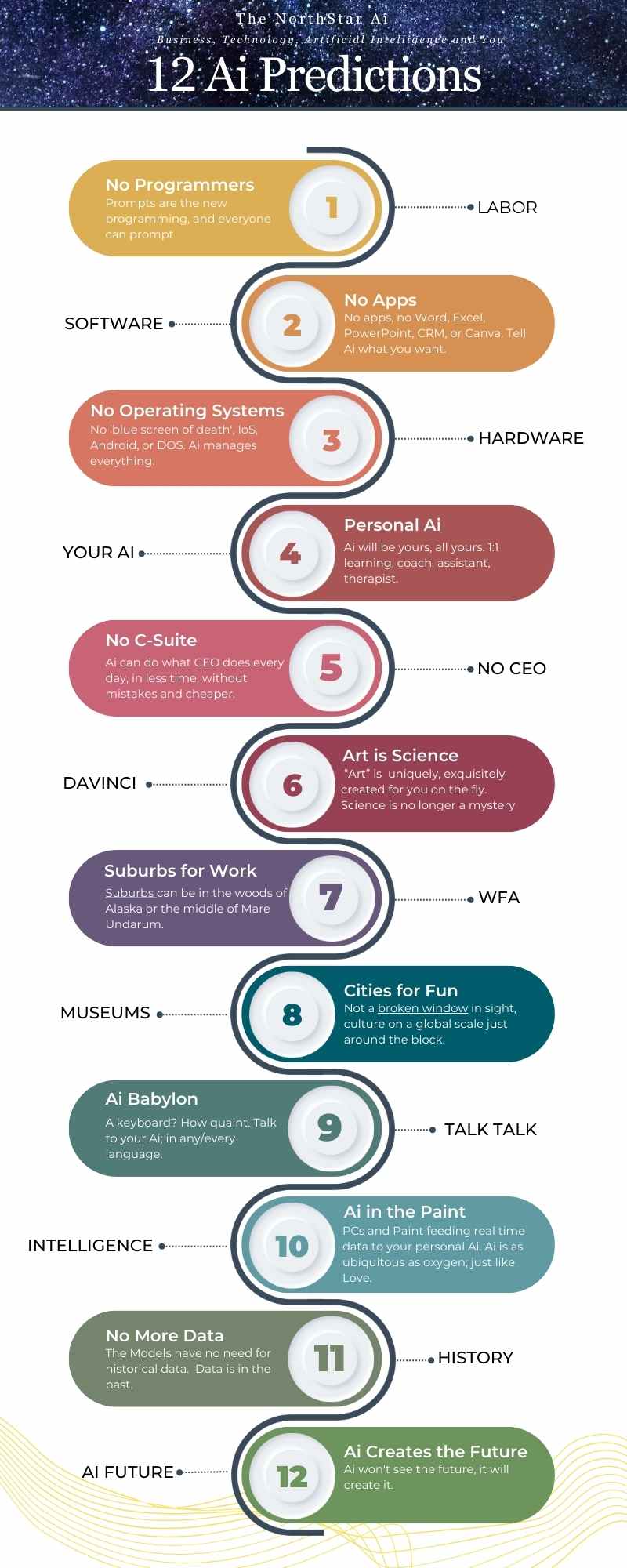 By Greg Walters & GPT4.Omni Actually, Fermi Never Said What We Said He Said*
The Fermi Paradox, which questions why we have not yet detected signs of extraterrestrial civilizations despite the high probability of their existence, remains an open and intriguing question. While AI can contribute significantly to exploring and potentially resolving aspects of the Fermi Paradox, it cannot completely validate or disprove it due to its inherent nature and the current limits of technology and knowledge. AI Contributions to the Fermi Paradox
Here’s a detailed look into each area with examples: Enhancing Data Processing Capabilities Signal Detection and Analysis:
Astrophysical Data Analysis:
Refining Our Search for Extraterrestrial Life Targeted Searches:
Enhancing Detection Technologies:
Modeling Potential Scenarios Simulation of Civilizational Dynamics:
Predictive Models:
Conclusion AI significantly enhances our ability to address the Fermi Paradox by improving data processing capabilities, refining our search for extraterrestrial life, and providing sophisticated models of civilizational dynamics. While AI cannot fully validate or disprove the paradox due to the vast unknowns and current technological limits, it undoubtedly accelerates our quest to understand whether we are alone in the universe. As AI technology and our observational capabilities continue to advance, the role of AI in exploring these profound questions will only become more critical. * The Sad Epilogue: There is No Fermi Paradox The so-called Fermi Paradox, which questions why we haven't detected signs of extraterrestrial life despite the high probability of its existence, might not be a paradox at all. Recent discussions in the scientific community suggest that our search methods are still in their infancy, and our technological capabilities are far from sufficient to explore the vastness of the universe comprehensively. Some scientists propose that intelligent life is extraordinarily rare, or that civilizations self-destruct before they can communicate with others, a concept known as the Great Filter. Additionally, the sheer distances between stars pose significant challenges to interstellar travel and communication. Therefore, the absence of evidence should not be mistaken for evidence of absence. Our journey to uncover extraterrestrial life continues, and advancements in AI and space exploration may eventually provide the answers we seek (Encyclopedia Britannica) (livescience.com) (Wikipedia)(The Fermi Paradox Is Not Fermi's, and It Is Not a Paradox)
0 Comments
Your comment will be posted after it is approved.
Leave a Reply. |
Topics & Writers
All
AuthorsGreg Walters Archives
July 2024
|

